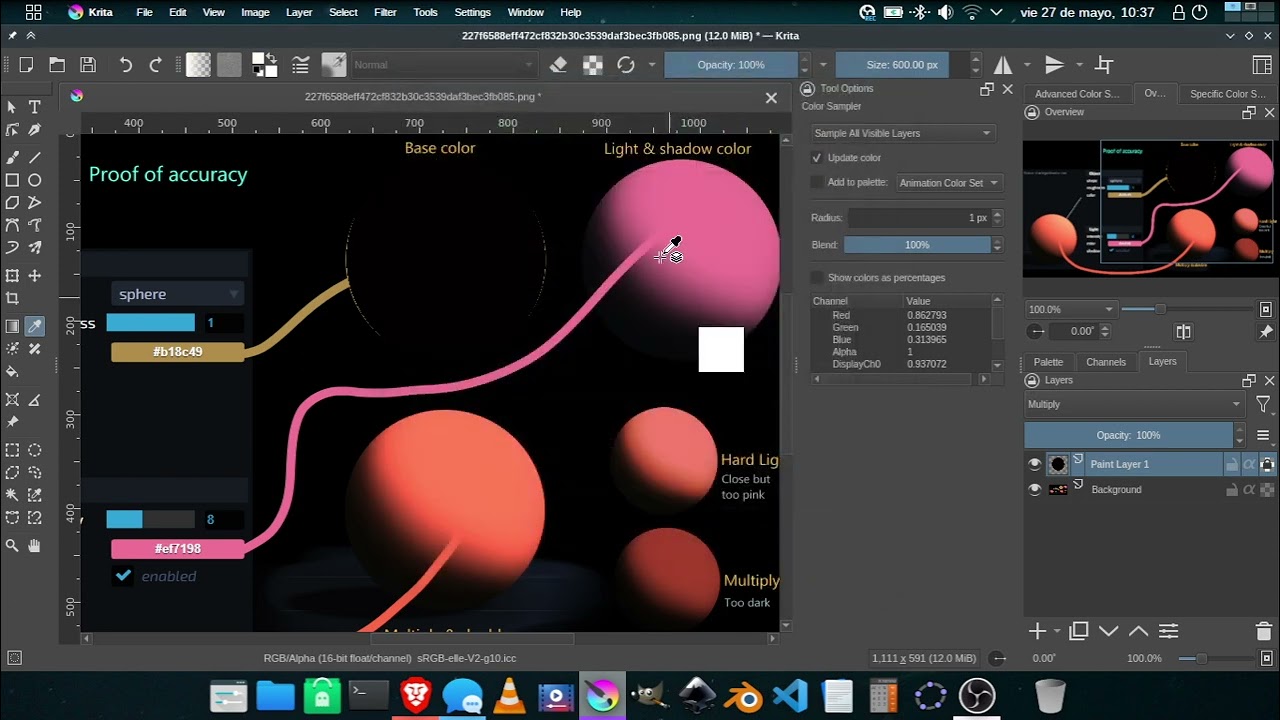Artists often use blending modes such as Multiply for shadows and a different one, like Color Dodge for lights, but it’s possible to achieve similar results with just one new blending mode: Multiply & Double. Allow me to proselytize. ![]()
![]() Two blending modes is hard:
Two blending modes is hard:
Using different blending modes for light and shadow gets complicated in the transition areas, where both modes can overlap, or worse, leave the object unaffected by either light or darkness.
![]() Hard Light is good but not enough:
Hard Light is good but not enough:
The blending mode Hard Light behaves kind of like Multiply when a top channel has under 50% brightness, and kind of like Screen otherwise.
This allows you to have lights and shadows in just one clipped layer!

However Hard Light has its own problems. It behaves specially weird when a gradient is blended to a dark color (notice the nasty resulting gradient):
The reason for this becomes apparent when one looks at the graph of the Hard light equation:
(you can play with the sliders here). The sharp change in slope (and therefore channel intensities) is caused by the dual nature of Hard Light, and it’s really hard to avoid when lighting dark characters or objects.
![]() Multiply is too dark:
Multiply is too dark:
A basic rendering program calculates the resulting color of an object by multiplying its base color with that of the light it’s recieving.
Here the green light’s color is multiplied by the yellow ball’s color, resulting in that yellowish green ball. Multiplication has the nice feature that the resulting color seems like a mix of the two, but darker if they are too pure and different, such as red and blue:
![]() (1,0,0)*
(1,0,0)*![]() (0,0,1) =
(0,0,1) = ![]() (0,0,0) results in black. This is because a perfectly blue object doesn’t reflect red light.
(0,0,0) results in black. This is because a perfectly blue object doesn’t reflect red light.
Of course in real life, lights and objects are very impure and rarely very saturated.
Knowing this, one might think that Multiply is the perfect blending mode to paint like a rendering software! however our channels only go from 0 to 1, so their multiplication always results in smaller numbers, unlike rendering software that can have lights of any intensity. ![]()
![]() Doubling the intensity of multiply:
Doubling the intensity of multiply:
Taking this into account, it’s possible to create a simple blending mode that doubles the intensity of the light to compensate for its darkness, so that instead of the normal Multiply
(r1, g1, b1)*(r2, g2, b2)
we have
2*(r1, g1, b1)*(r2, g2, b2)
Here we can see how it looks when two images are combined this way.
But since no one is really interested in blending a squirrel with balloons, here’s a more useful example of the power of this blending mode:
C, D and E show B and A being combined with different blending modes. We can see the oversaturated transitions of Hard Light, the darkness of Multiply and the perfection of Multiply & Double! it even has a lovely cinematic feel.
In this blending mode, 50% grey is the neutral color. anything above it acts as a brightener and everything below it as a darkener (very intuitive)!
![]() There’s no nice way to do it currently:
There’s no nice way to do it currently:
It’s possible to achieve this effect by using Multiply mode and then doubling the result with this filter mask
but doing so introduces an unholy amount of banding in some areas. It’s possible to avoid the banding by using a higher color depth (16 bits), but inexperienced users or people with slow computers might find it difficult.
I believe that it being done in a single step as a proper blending mode would reduce the rounding errors and produce less banding.
In fact, Hard Light behaves as Multiply & Double for its channels under 50%, so this is testable:
the banding is much worse when done manually!
![]() The future is now:
The future is now:
To demonstrate the greatness of this blending mode, here’s a comparison between a sphere lit in shadingreference.com and one lit in krita using Multiply & Double with the same colors.
Uncanny!
As far as I’ve searched, I haven’t found this blending mode on any painting software ![]() , so having it would defy the status quo of digital art and usher in a new era for humanity!
, so having it would defy the status quo of digital art and usher in a new era for humanity!
![]() Conclusion/TLDR:
Conclusion/TLDR:
A new blending mode that doubles the result of Multiply (so 2ab instead of ab) would be great for doing realistic lighting/shading. Some of the existing blending modes are good but not enough.
You can play around with it by changing the sliders here!
I leave you with some examples of my art that were lit by faking Multiply & Double:

Bonus use as a mood adjuster


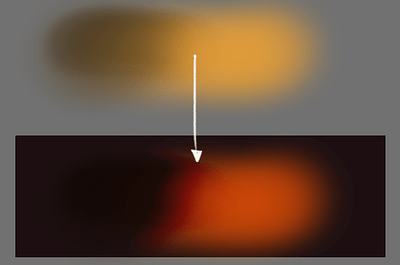
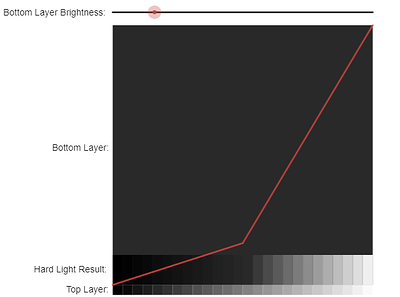


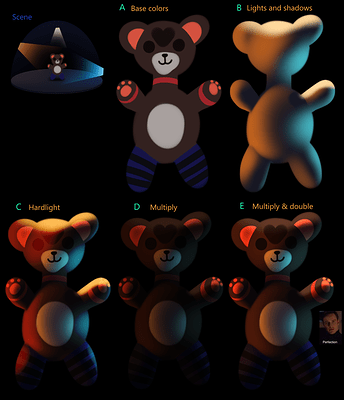
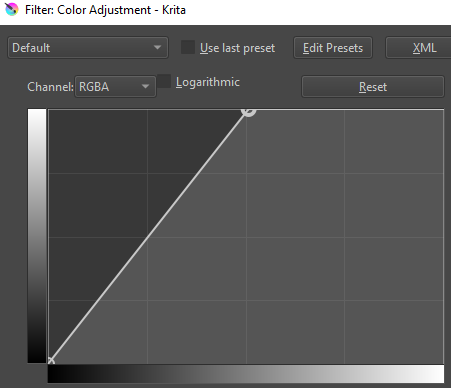
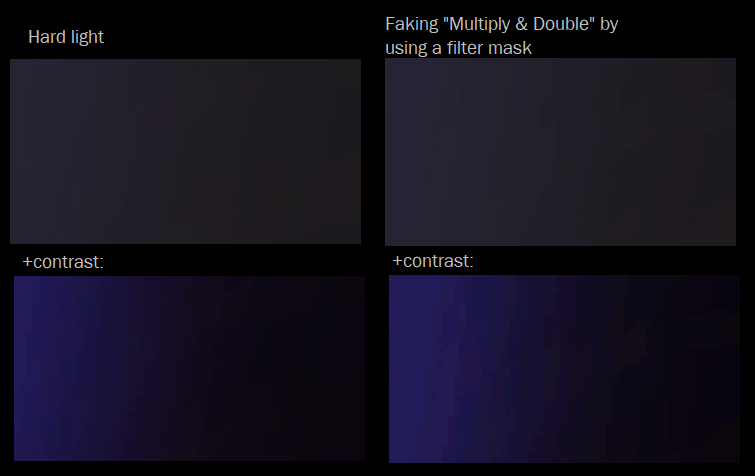

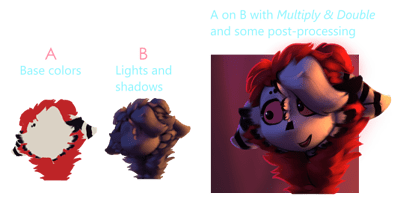
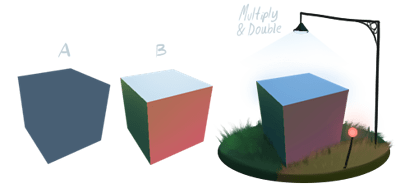
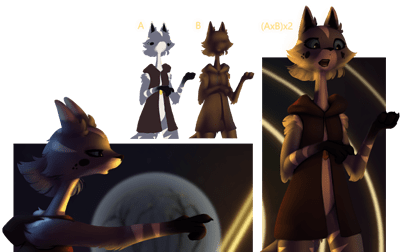
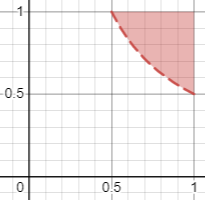
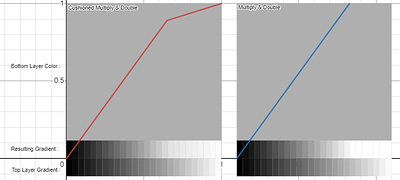
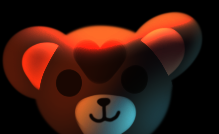


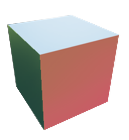
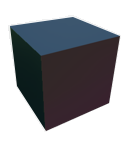 seems barely better than multiply.
seems barely better than multiply.